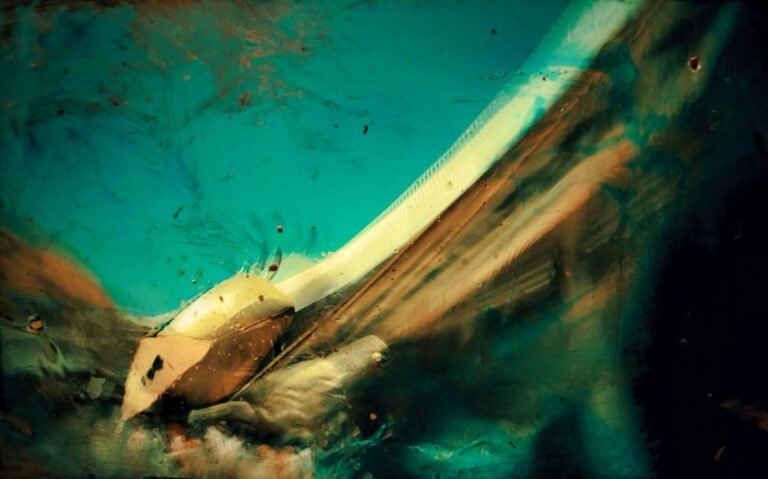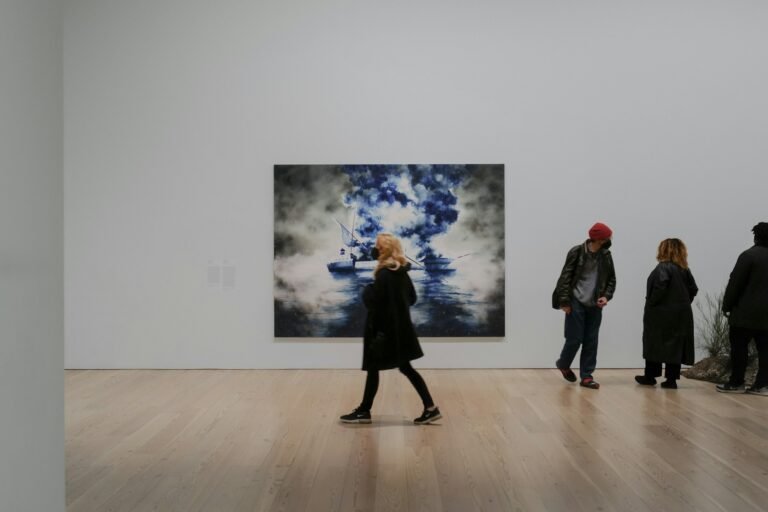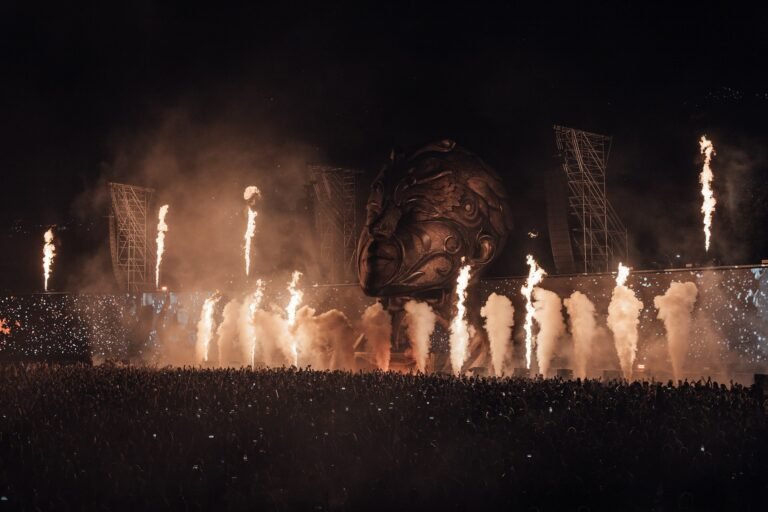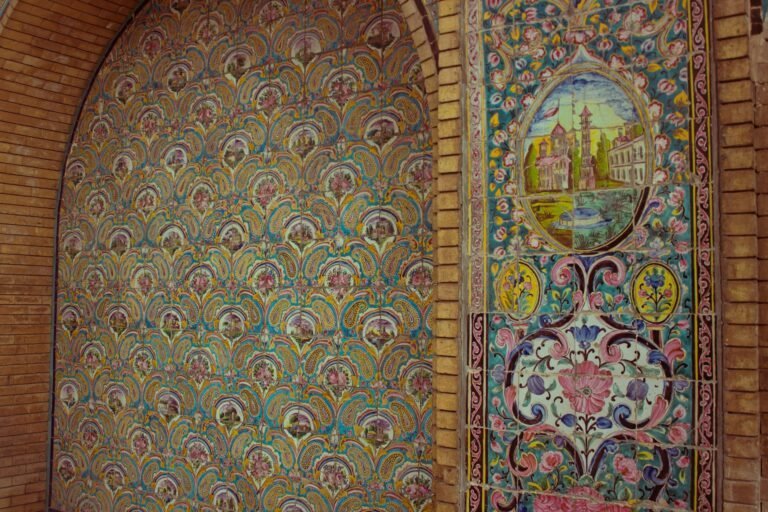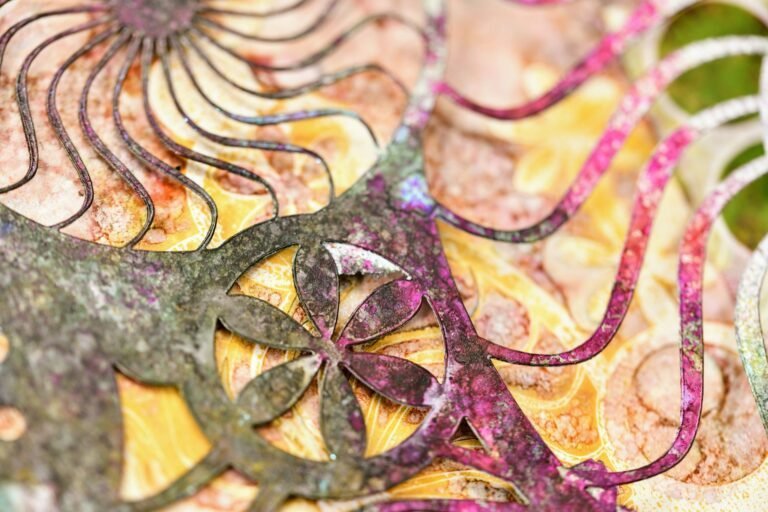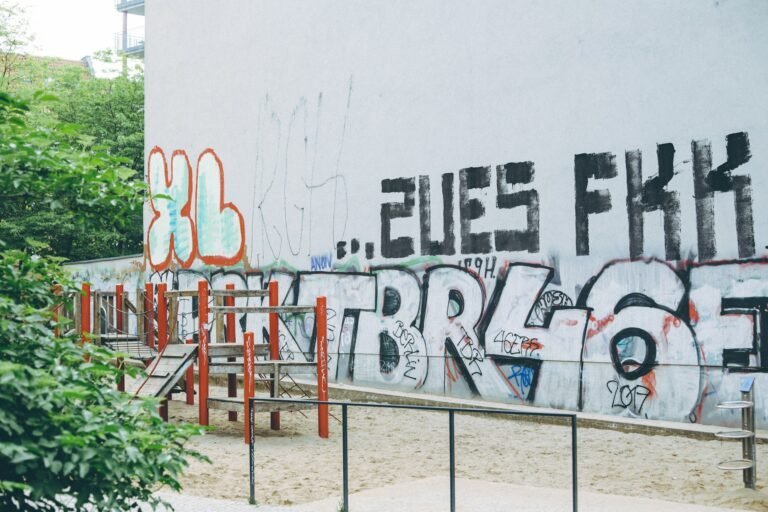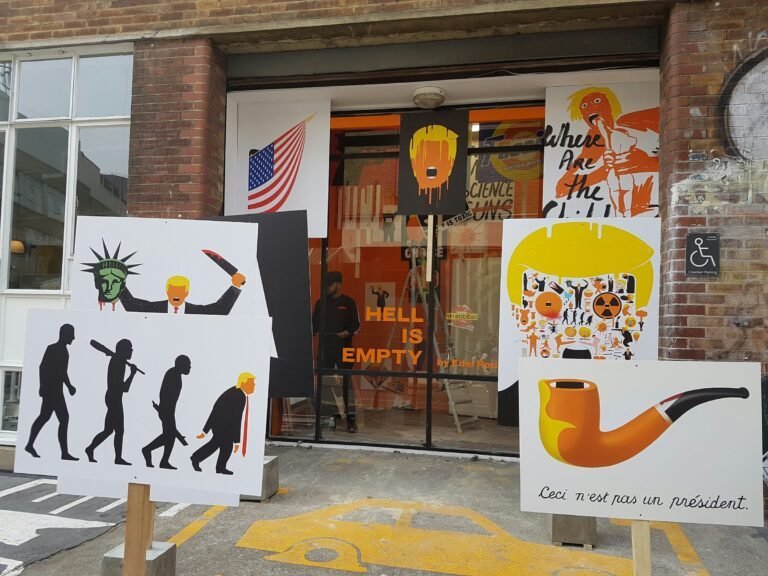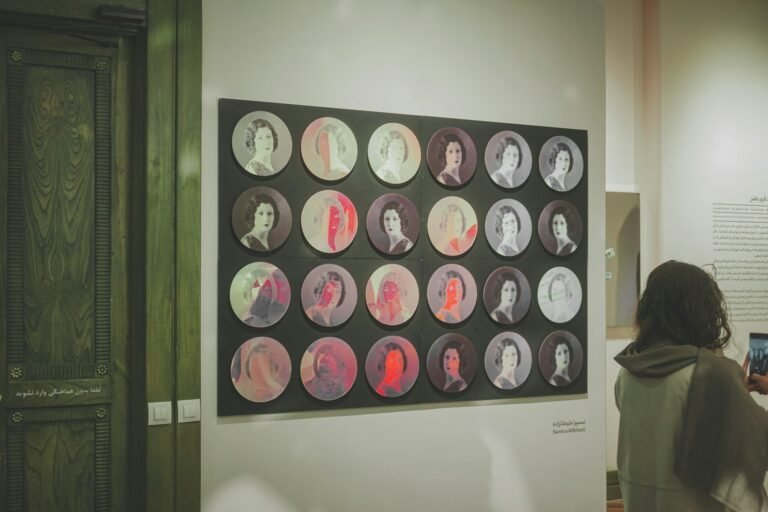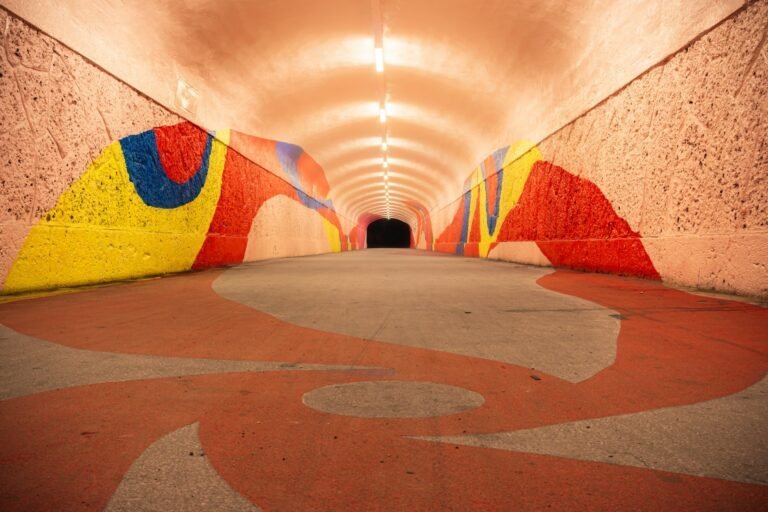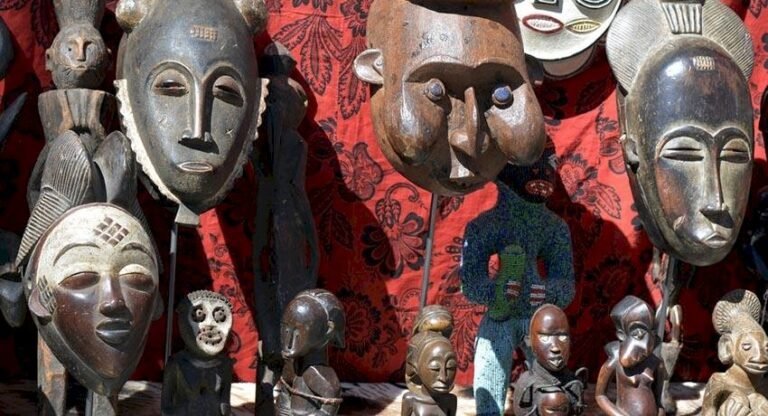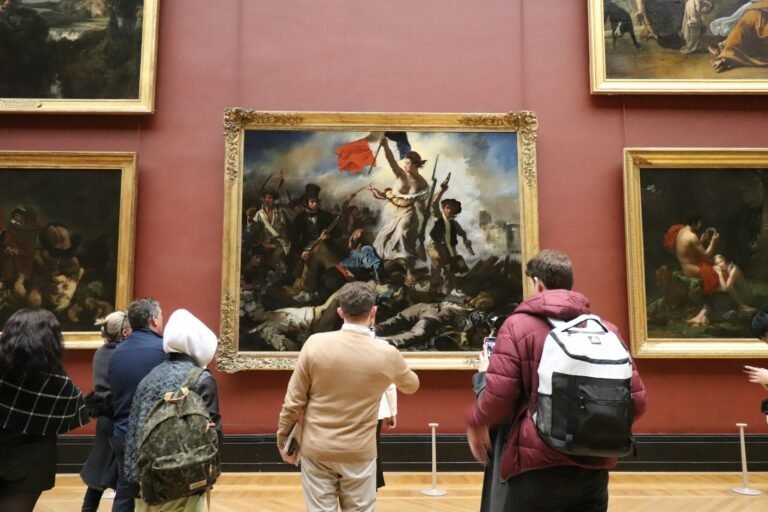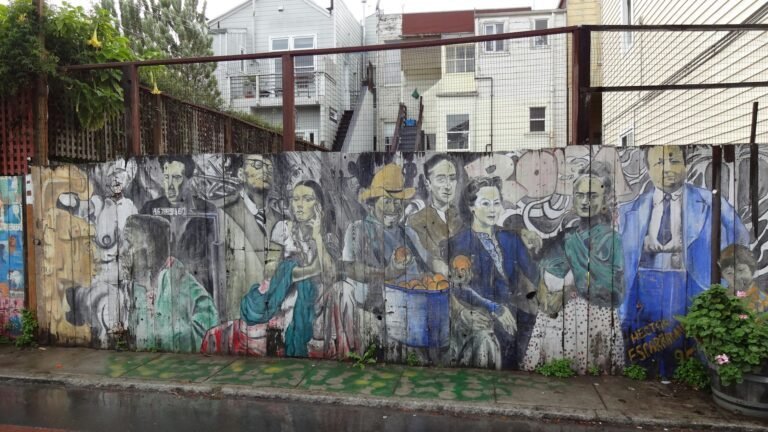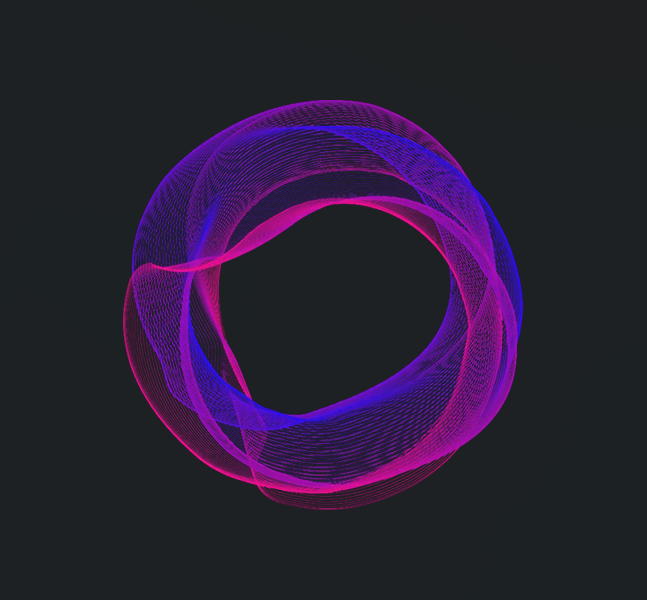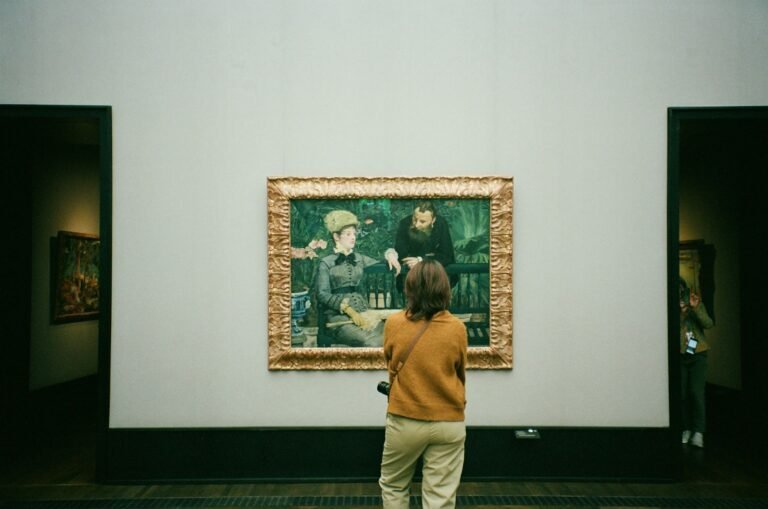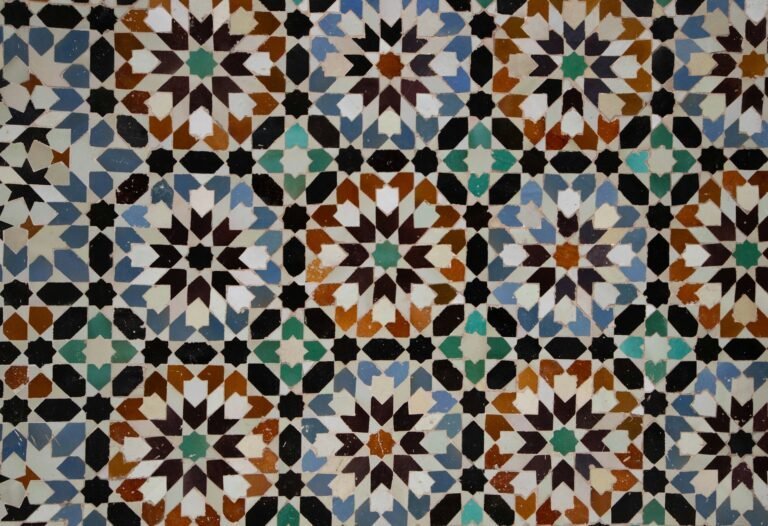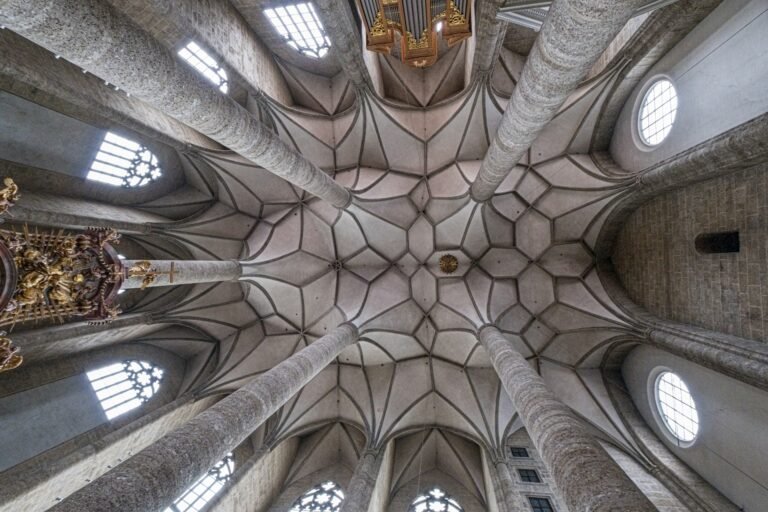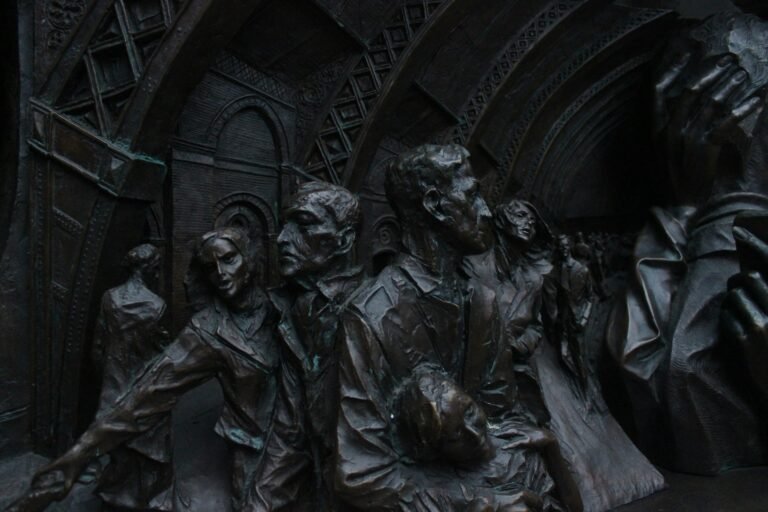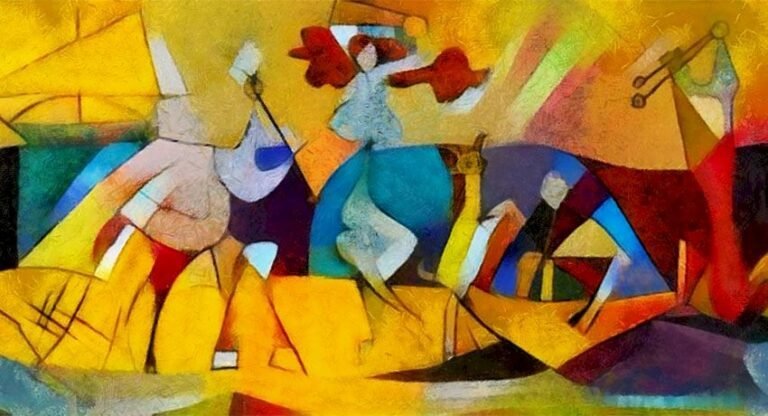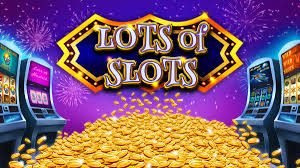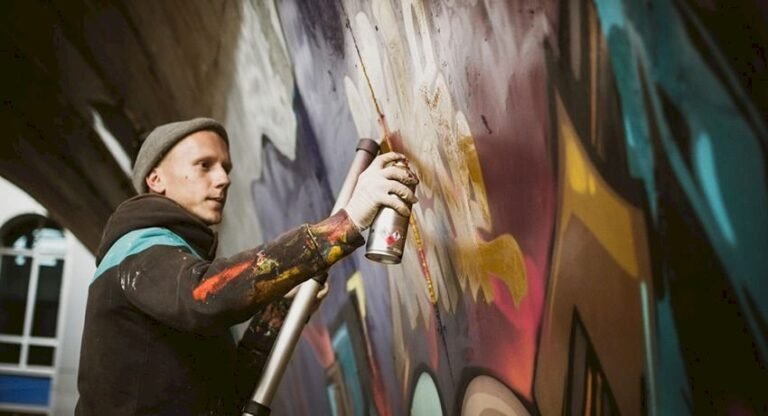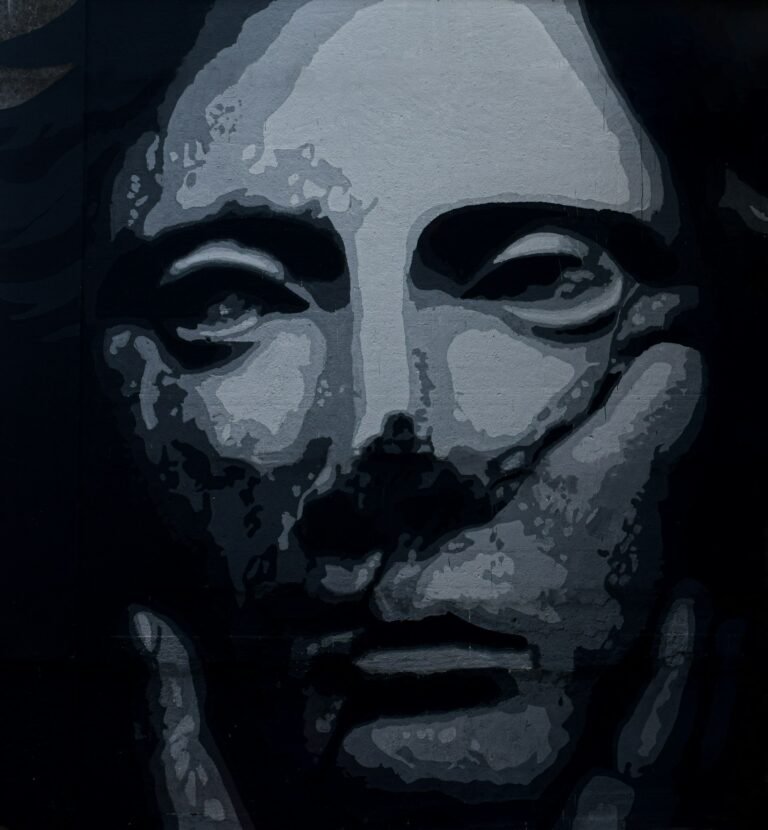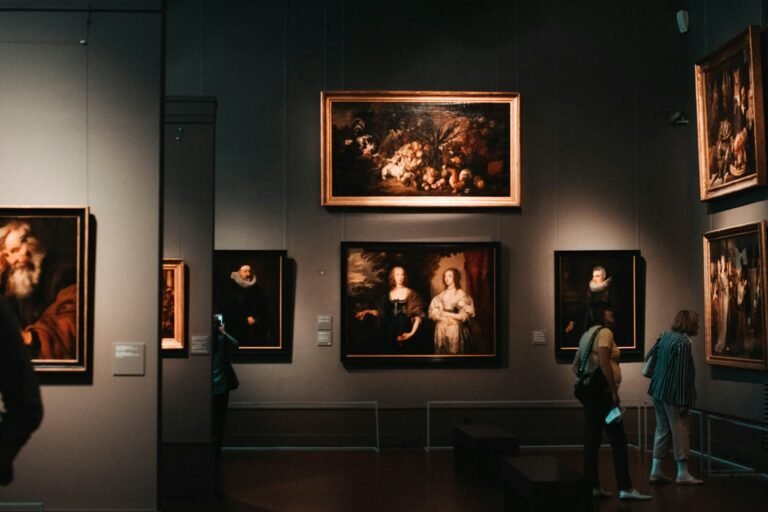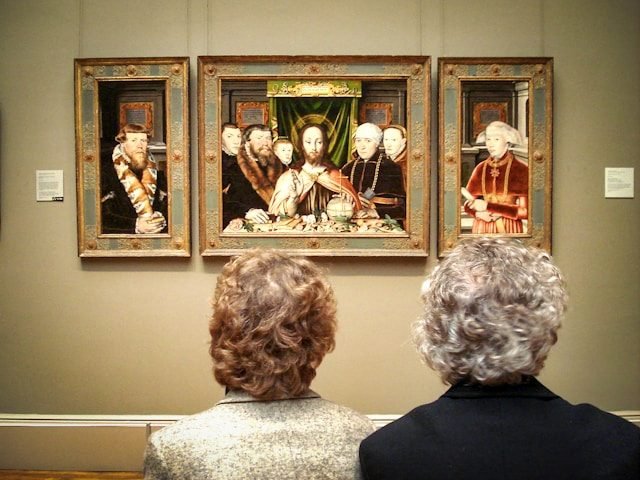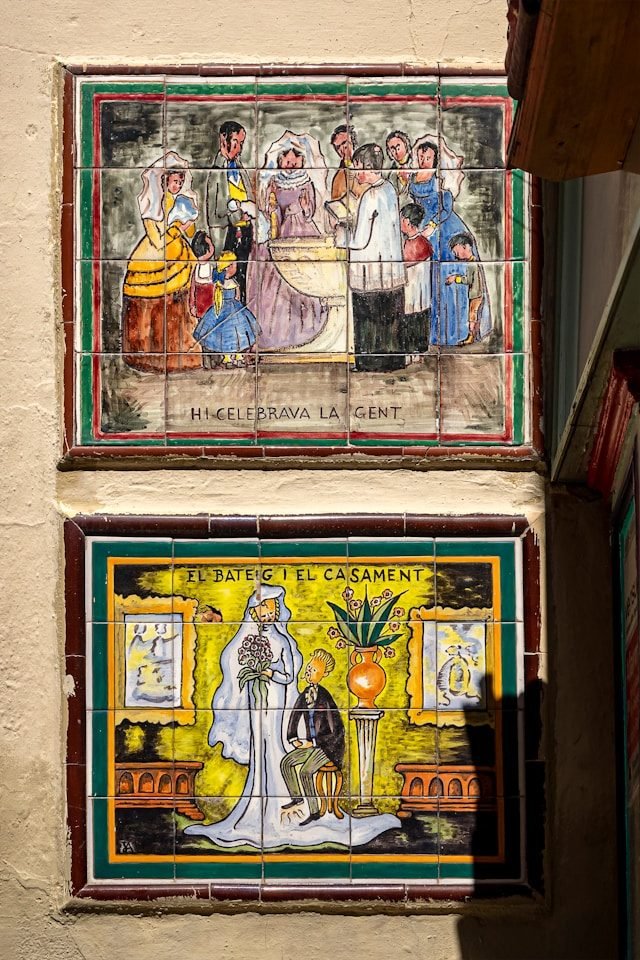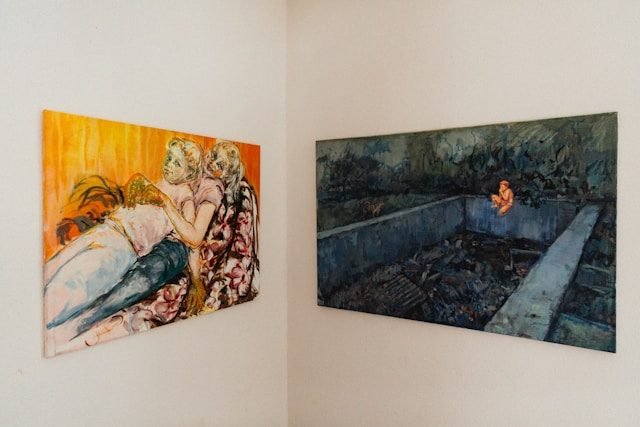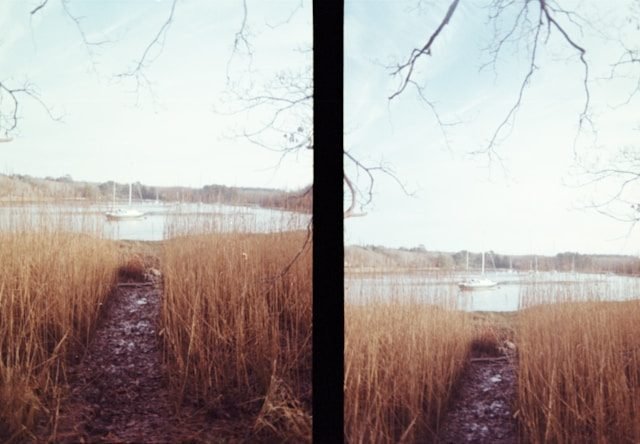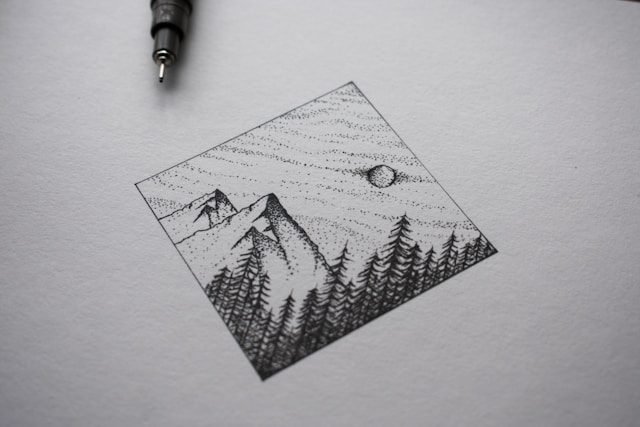Introduction
Art, in all its myriad forms, serves as a mirror of the human experience — reflecting not only beauty, light, and joy, but also darkness, pain, and the more troubling aspects of existence. While much of art history celebrates ideals of harmony, beauty, and enlightenment, there exists another, equally significant tradition that delves into the depths of fear, death, melancholy, and the macabre. This is what we commonly refer to as dark art. Though the term may seem simple, it encompasses a wide range of styles, movements, and philosophies that explore the shadow side of the human psyche and the world. Far from being merely grotesque or sensational, dark art often reveals deep truths about human nature, mortality, and the limits of perception. This essay explores what is considered dark art — its definitions, history, themes, techniques, and cultural significance — in order to understand why artists continue to be drawn toward the darkness.
Defining Dark Art
Dark art can be defined as any form of visual or conceptual art that focuses on themes of darkness — whether emotional, psychological, philosophical, or aesthetic. It may involve imagery of death, decay, suffering, the supernatural, or existential despair. However, dark art is not necessarily limited to horror or morbidity. It can also reflect subtle emotional tones such as sadness, isolation, or the complexity of evil. The essence of dark art lies in its ability to confront uncomfortable truths — to show beauty in tragedy or terror in beauty.
Artists who engage in dark art use their work to question moral values, challenge societal taboos, and explore the boundaries of sanity, mortality, and the unknown. Rather than existing solely to shock, dark art functions as a form of catharsis and reflection. It reveals that darkness is an essential part of life and that confronting it can lead to a more profound understanding of existence. In many ways, dark art is not about evil but about the confrontation between light and shadow, between the conscious and unconscious mind.
Historical Origins of Dark Art
The roots of dark art can be traced deep into the history of civilization. Long before the term existed, ancient cultures depicted scenes of death, violence, and spiritual struggle. The ancient Egyptians, for instance, decorated tombs with images of the afterlife, demons, and gods of judgment. Similarly, medieval European art often portrayed the torments of hell, the dance of death (Danse Macabre), and apocalyptic visions inspired by the Book of Revelation. These artworks served both religious and psychological purposes — warning viewers of divine punishment while helping them process the inevitability of death.
During the Renaissance, artists such as Hieronymus Bosch and Pieter Bruegel the Elder expanded the visual vocabulary of darkness. Bosch’s surreal paintings like The Garden of Earthly Delights depicted bizarre creatures and nightmarish landscapes, revealing humanity’s moral corruption and spiritual peril. In the Baroque period, painters like Caravaggio used dramatic chiaroscuro lighting to express the tension between divine light and human sinfulness. The shadows in Caravaggio’s works were not merely visual but moral — an embodiment of the struggle between good and evil.
By the 19th century, dark art found new energy in the Romantic movement, where emotion, individualism, and the sublime took center stage. Artists such as Francisco Goya, Eugène Delacroix, and Caspar David Friedrich explored themes of despair, insanity, and the terrifying beauty of nature. Goya’s Black Paintings series, for example, remains one of the most haunting collections in Western art — revealing the madness, violence, and existential anxiety of the human condition. In literature, contemporaries like Mary Shelley, Edgar Allan Poe, and Charles Baudelaire paralleled these visual explorations through Gothic and decadent aesthetics, blending art, horror, and philosophy.
The 20th Century and the Rise of Modern Dark Art
The 20th century brought unprecedented upheavals — two world wars, genocides, and existential crises — which transformed the nature of dark art. The horrors of industrialized warfare, alienation, and psychological trauma pushed artists to explore darkness not just as imagery but as lived experience.
The Expressionist movement, especially in Germany, gave voice to anguish and disillusionment. Artists like Edvard Munch, whose The Scream epitomizes modern anxiety, and Otto Dix, who portrayed the brutality of war, used distortion, bold color, and emotional intensity to express inner turmoil. Meanwhile, Surrealism, led by artists such as Salvador Dalí and Max Ernst, delved into the subconscious mind — a place filled with both wonder and terror. Their dreamlike imagery often blended eroticism, decay, and fear, revealing the uncanny within the familiar.
In the latter half of the century, dark art evolved in tandem with social and political rebellion. Movements like punk, gothic subculture, and industrial art embraced themes of alienation and nihilism, often inspired by horror films, occultism, and existential philosophy. Artists such as H. R. Giger, best known for his Alien designs, combined biomechanics and surrealism to create haunting visions of a mechanized, dehumanized future. His style became emblematic of postmodern dark aesthetics — merging technology, sexuality, and mortality into one disturbing yet mesmerizing image.
Themes and Motifs in Dark Art
Dark art encompasses a wide range of recurring themes and symbols. Though the styles and mediums vary — from painting and sculpture to digital and performance art — certain motifs remain constant because they speak to universal human fears and fascinations.
- Death and Mortality
Perhaps the most prevalent theme, death serves as both subject and metaphor. From medieval “memento mori” skulls reminding viewers of life’s brevity to modern photographs of decay, dark art often confronts the inevitability of mortality. Yet rather than glorifying death, such works seek to normalize or philosophically explore it. - The Macabre and the Grotesque
Grotesque imagery — distorted bodies, hybrid creatures, or surreal landscapes — functions as a metaphor for the chaos of existence. Artists use grotesque forms to challenge beauty standards and moral conventions, forcing viewers to confront discomfort. - The Supernatural and the Occult
Ghosts, demons, witches, and mystical symbols often populate dark artworks. These elements express humanity’s fascination with the unknown and the boundary between the natural and supernatural realms. The occult theme also allows artists to question religion, authority, and morality. - Suffering and Psychological Conflict
Many dark artworks externalize inner struggles such as depression, trauma, or madness. Expressionist and contemporary dark artists alike use visual metaphors — shattered faces, confined spaces, abstract chaos — to depict mental anguish. - The Sublime and the Beautifully Terrifying
Some dark art seeks to evoke not revulsion but awe. The Romantic idea of the sublime — beauty mixed with terror — remains central. Vast landscapes, cosmic imagery, or scenes of destruction can evoke the feeling of humanity’s smallness in the face of the infinite. - Rebellion and Transgression
Dark art often challenges norms — whether aesthetic, religious, or political. By exploring taboo subjects such as death, sexuality, or blasphemy, it pushes against the boundaries of acceptability, forcing society to confront what it represses.
Psychological Dimensions of Dark Art
Dark art is deeply tied to human psychology. The fascination with darkness can be explained through Carl Jung’s concept of the “Shadow” — the repressed, unconscious aspects of the psyche that contain instincts, fears, and desires we often deny. By creating or engaging with dark art, both artists and viewers confront their own shadows, leading to self-awareness and emotional release. This cathartic process is why dark imagery can feel both disturbing and strangely comforting.
Moreover, dark art acts as a safe space for exploring emotions that are otherwise socially unacceptable. In societies that demand positivity and perfection, dark art gives permission to express anger, grief, or despair. Psychologists have even noted therapeutic benefits to engaging with darker art forms, as they allow individuals to externalize pain and process trauma indirectly.
The appeal of dark art also lies in the aesthetic paradox — the idea that people can find beauty in the terrifying or grotesque. This paradox fascinates philosophers from Aristotle to Nietzsche, who argued that confronting tragedy can elevate the human spirit. Dark art transforms suffering into meaning, horror into understanding. It reveals that the line between beauty and ugliness is fluid and that true art transcends both.
Dark Art and Religion
Religion has always played a crucial role in shaping dark imagery. While much of religious art celebrates divine beauty, it also depicts sin, punishment, and apocalypse. The Christian tradition in particular provided a fertile ground for dark art, from medieval depictions of hell to Michelangelo’s terrifying Last Judgment. Religious dark art serves dual purposes: to warn and to inspire awe. The divine is not only merciful but also fearful, and this ambivalence lies at the heart of many spiritual artworks.
In non-Western traditions, darkness also carries symbolic meaning. In Hindu art, for example, the goddess Kali represents both destruction and creation — embodying the paradoxical power of death that leads to rebirth. Similarly, in Japanese aesthetics, the concept of yūgen values subtle, mysterious beauty, often tinged with melancholy and impermanence. These examples show that darkness is not always negative but can represent depth, transformation, and the cyclical nature of life.
Dark Art in Contemporary Culture
In the modern era, dark art has transcended traditional mediums to include digital illustration, film, tattoo design, fashion, and music. The internet has given rise to entire subcultures that celebrate dark aesthetics — from gothic and metal art communities to online horror illustrators. Platforms like Instagram, ArtStation, and DeviantArt have popularized dark surrealism, where artists mix photorealistic technique with nightmare imagery.
Contemporary dark artists such as Zdzisław Beksiński, Mark Ryden, and Odd Nerdrum have carried forward the legacy of existential darkness. Beksiński’s desolate landscapes and faceless figures evoke a world after apocalypse — a vision of death stripped of religion or hope. Ryden, on the other hand, merges innocence and horror, creating childlike characters in surreal, unsettling contexts. Such contrasts challenge the viewer’s perception of purity, fear, and fantasy.
Dark art also thrives in cinema and popular media. Directors like Guillermo del Toro, David Lynch, and Ari Aster blend visual art with storytelling, turning film into a medium of psychological darkness. Even mainstream culture, through video games, comics, and fashion, has embraced the aesthetics of darkness — transforming what was once taboo into a complex, stylized language of self-expression.
Aesthetic Techniques in Dark Art
The effectiveness of dark art often relies on specific visual and compositional techniques. Artists use contrast, shadow, and texture to evoke emotion and tension. The chiaroscuro method, pioneered by Caravaggio and later used in film noir, symbolizes the eternal struggle between light and darkness. Similarly, muted color palettes or monochrome tones can create atmospheres of decay or despair.
Symbolism also plays a crucial role. Common symbols such as skulls, ravens, mirrors, and abandoned spaces function as archetypes that resonate subconsciously. The distortion of form — whether through surrealism or abstraction — expresses emotional instability or metaphysical unease. In digital dark art, glitch effects, motion blur, and digital decay are used to represent the fragmentation of reality in the modern age.
Compositionally, dark art often employs asymmetry and imbalance to create discomfort, mirroring psychological tension. The goal is not to please the eye but to provoke the mind — to make viewers linger in uncertainty. Through this discomfort, dark art achieves its emotional depth.
Ethical and Cultural Controversies
Because it deals with taboo and disturbing content, dark art often faces controversy. Critics accuse it of promoting nihilism, violence, or immorality. Some exhibitions of macabre or explicit works have been censored or condemned by religious groups and governments. However, defenders argue that art’s role is not to comfort but to challenge. Suppressing dark art means denying the complexity of human emotion and experience.
Ethical debates also arise when dark art uses real suffering — such as photographs of death or trauma. Here, the artist’s intention and context matter greatly. The difference between exploitation and reflection lies in whether the work aims to sensationalize or to provoke empathy and understanding. In this sense, dark art walks a fine line between revelation and voyeurism.
Yet, these controversies also confirm the cultural importance of dark art. By forcing audiences to confront what society fears or ignores — death, madness, violence, moral ambiguity — it keeps public discourse alive. It asks uncomfortable but necessary questions: What does it mean to be human? What is the value of life in the face of death? What are the limits of beauty?
Dark Art as Catharsis and Truth
Ultimately, dark art endures because it speaks a profound truth: that life is not only light but shadow. Just as day cannot exist without night, human experience cannot be whole without acknowledging pain and mortality. Dark art provides a space to process grief, fear, and existential doubt — emotions often repressed in modern culture. In doing so, it becomes a form of psychological healing.
Philosophically, dark art reminds us of the memento mori principle — “remember you must die.” This awareness of death, rather than depressing, can lead to a fuller appreciation of life. When we face the darkness, we realize the preciousness of the light. Many artists describe creating dark art as a deeply spiritual process — not of worshiping death, but of reconciling with it.
In this sense, dark art is an act of courage. It dares to gaze into the abyss, to reveal what most people would rather avoid. And in that confrontation, it finds beauty — a beauty not of perfection, but of truth.
Conclusion
Dark art, in all its unsettling beauty, stands as one of humanity’s most honest artistic expressions. From ancient tomb paintings to digital nightmares, from Gothic cathedrals to dystopian films, it continues to evolve as a reflection of our deepest fears and desires. To understand dark art is to understand ourselves — not the part we show to the world, but the part we hide in silence and shadow.
Far from being evil or nihilistic, dark art reminds us of the duality of existence. It teaches that light and darkness are not enemies but partners in the dance of life. Through its imagery of death, decay, and despair, dark art paradoxically affirms the value of life, creativity, and consciousness. It calls upon us to confront the unknown, to find meaning in chaos, and to accept that beauty can emerge even from the darkest corners of the soul.
In the end, what is considered dark art is not simply art that depicts darkness, but art that reveals truth through darkness. It is a mirror to the shadow — unsettling, mysterious, and profoundly human.















